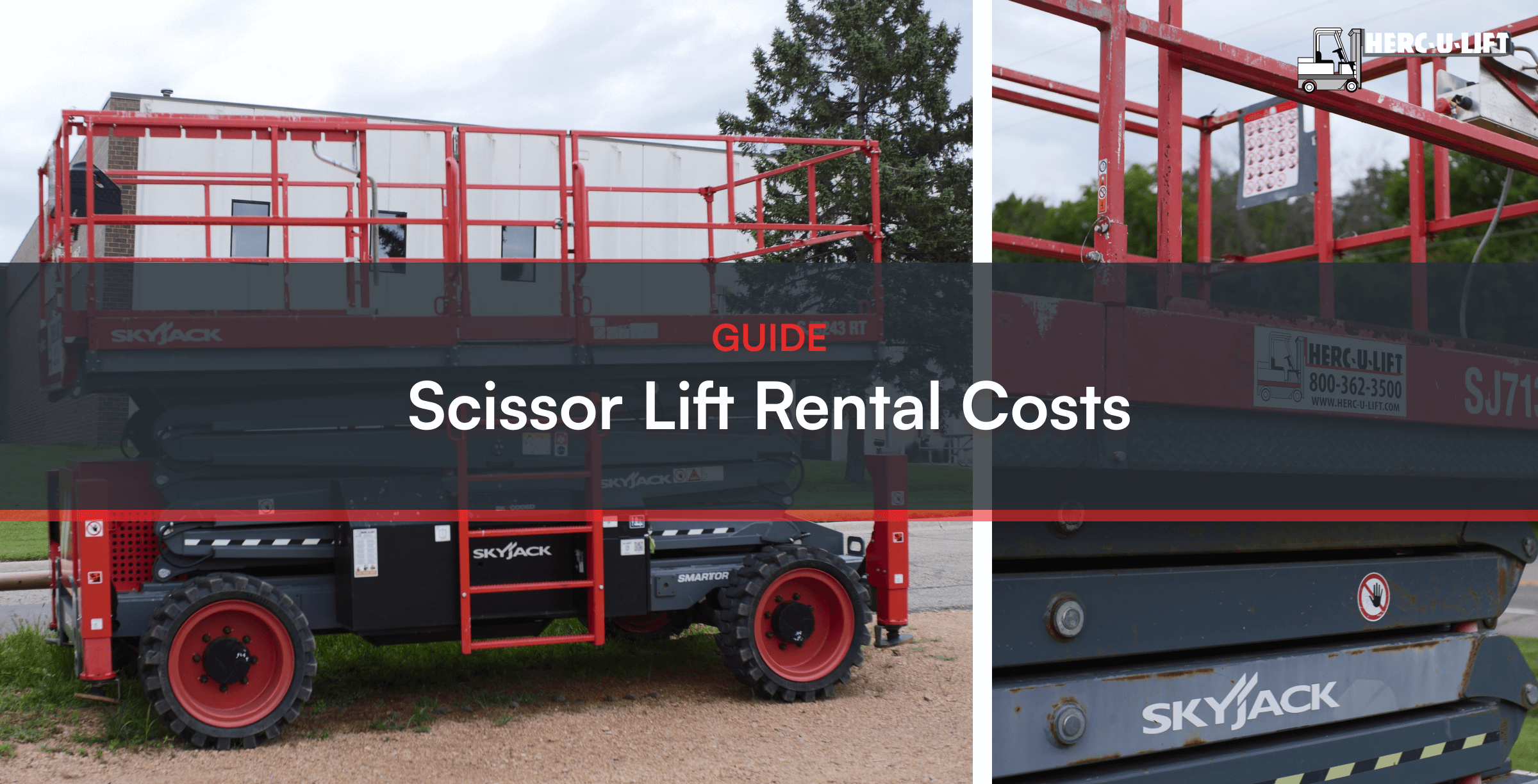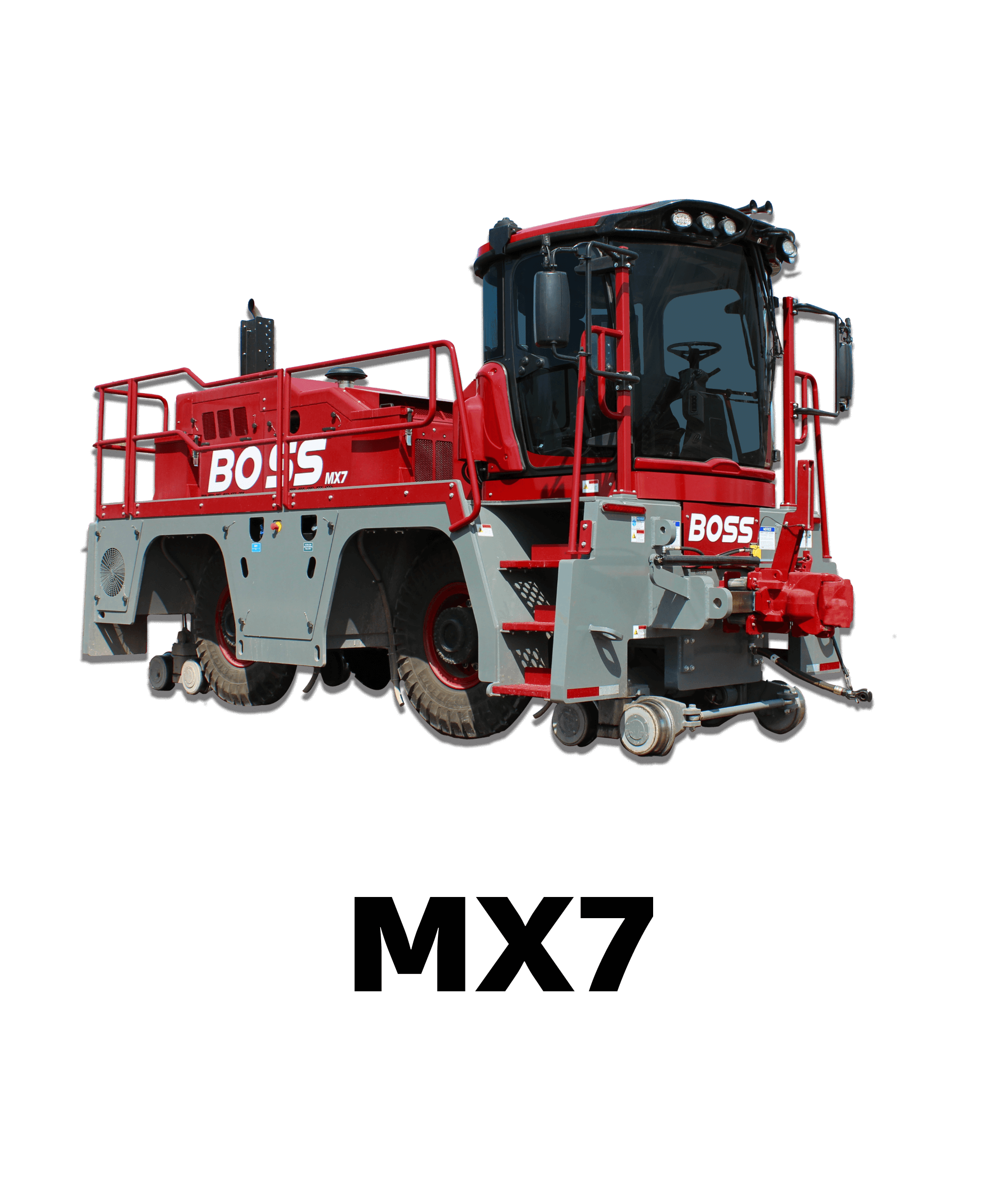Scissor Lift Rental Costs: Your Complete Pricing and Decision-Making Guide

Scissor lifts are one of those machines you don’t realize you need until you suddenly do. Simple ladders just won’t cut it for certain projects. For example, you might be changing warehouse lighting or installing HVAC ductwork. Or maybe you’re hanging signs in a retail store or working on exterior siding three stories up. In such cases, scissor lifts can provide stable, elevated platforms required for your projects.
But here’s the thing…
Unless you’re running a busy construction site or a facility that needs lifts on a daily basis, owning one may not be practical. This is where renting comes in. Scissor lift rentals can save you thousands. Costs typically vary widely depending on the type of lift, where you’re located, and how long you need it.
In this guide, we break down scissor lift rental costs per day, week, and month. We also outline the factors that influence pricing, where to find rentals near you, and insurance considerations. Of course, we also share how you can figure out if renting or buying is the smarter financial move.
Average Scissor Lift Rental Costs
Scissor lift rental prices are not the same everywhere. They usually vary based on the lift type, rental company, location, and how long you need it.
Here’s a general cost range for most markets in the United States:
| Rental Duration | Indoor Electric Scissor Lift | Outdoor Diesel Scissor Lift |
| Per Day | $150 to $350 | $250 to $700 |
| Per Week | $355 to $935 | $500 to $950 |
| Per Month | $700 to $2,200 | $1,000 to $2,500 |
Pro tip: If your project runs more than 3 days, skip daily rentals. You’ll save more if you rent by the week.
How Much Is a Scissor Lift Per Week?
Weekly rentals are the sweet spot for many jobs. They provide enough time to finish a project without wasting money on idle days. On average, you can expect to pay a weekly rate of $355 to $935 for indoor electric lifts. Outdoor diesel models often cost around $500 to $950.
Most construction crews and warehouse managers prefer weekly rentals since most of their projects require more than one day. Having the lift available all week allows flexibility without blowing the budget. In general, weekly rentals can lead to savings of 20 to 30% compared with renting per day.
When comparing providers, look beyond the base rate. Case in point, many companies charge for delivery and pickup. These fees can get expensive if the lift has to travel over long distances. Some may also set minimum rental periods, ranging anywhere from a few hours to a full day.
Likewise, don’t forget to review maintenance and inspection records. A properly-serviced lift is far less likely to break down mid-project. For your team’s safety, ask about the availability of harnesses. These safety tools can usually be purchased from the parts department.
Is It Better to Rent or Buy a Scissor Lift?
Now here’s the big question. Should you rent a scissor lift or invest in your own? Renting is obviously more convenient. But if you’re constantly signing rental agreements, ownership could save you more money long-term.
| Buying makes sense if: | Renting makes sense if: |
| You use a lift regularly throughout the year. | You only need a scissor lift several times a year. |
| You can safely house the equipment when not in use. | You don’t want the headache that comes with maintenance, inspections, and repairs. |
| You want long-term savings through ownership rather than continually paying rental fees. | You prefer the flexibility of using different models without breaking the bank. |
| You want to buy your own equipment and maximize Section 179 benefits. | You want to avoid storage and transportation challenges that come with owning heavy equipment. |
These days, most small contractors and facility managers favor renting. Buying a scissor lift can cost anywhere from $10,000 to $75,000. That’s before you factor in batteries, tires, hydraulic maintenance, and storage. If you’re not using it daily, renting should be the cheaper option.
Most rental companies require proof of insurance before releasing equipment. Without coverage, renters are personally liable for any damages, accidents, or even theft. When that happens, expect your bill to be shockingly high. Ultimately, adequate insurance is not just a contractual requirement. It’s also an essential safeguard.


 →
→

